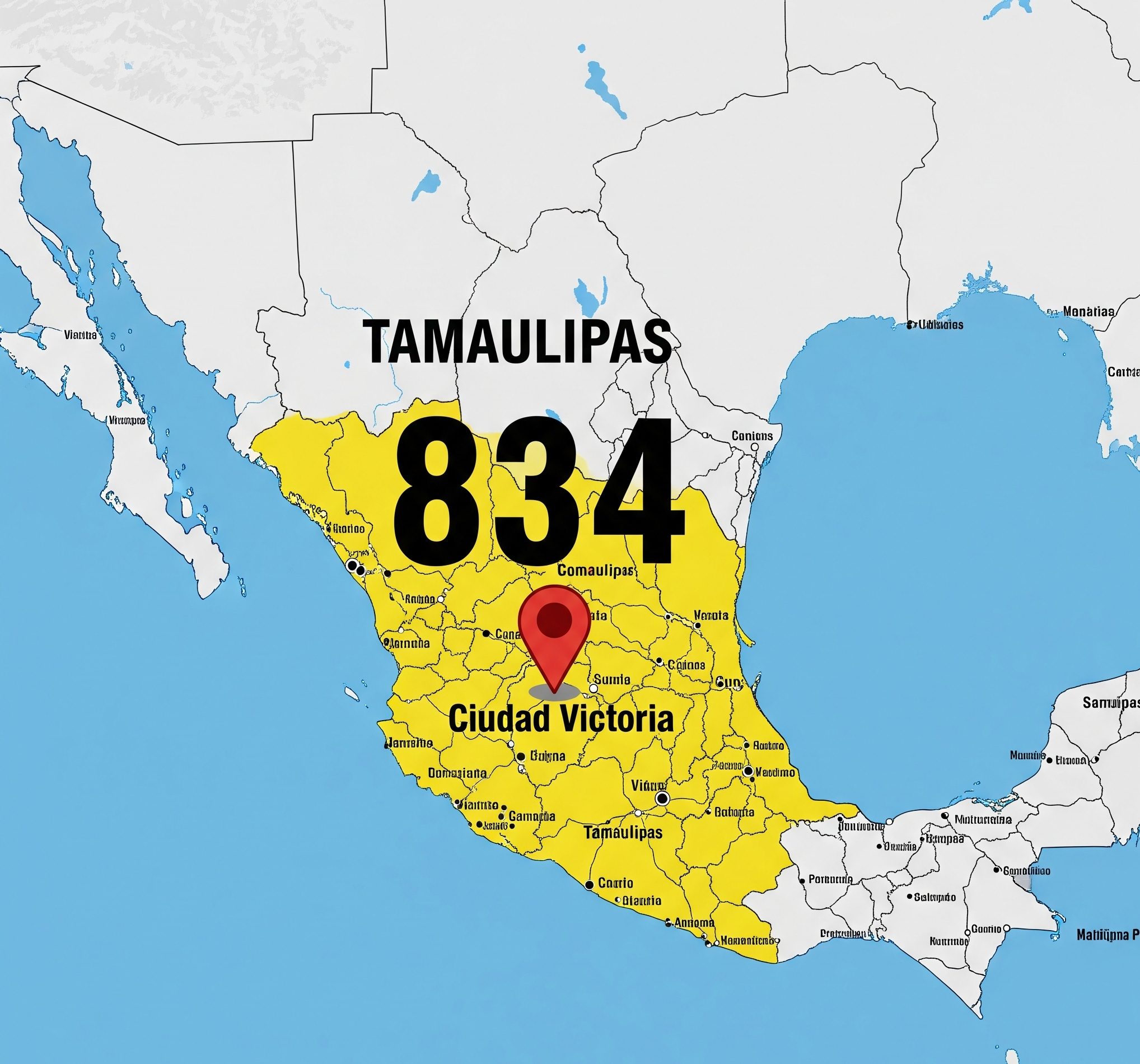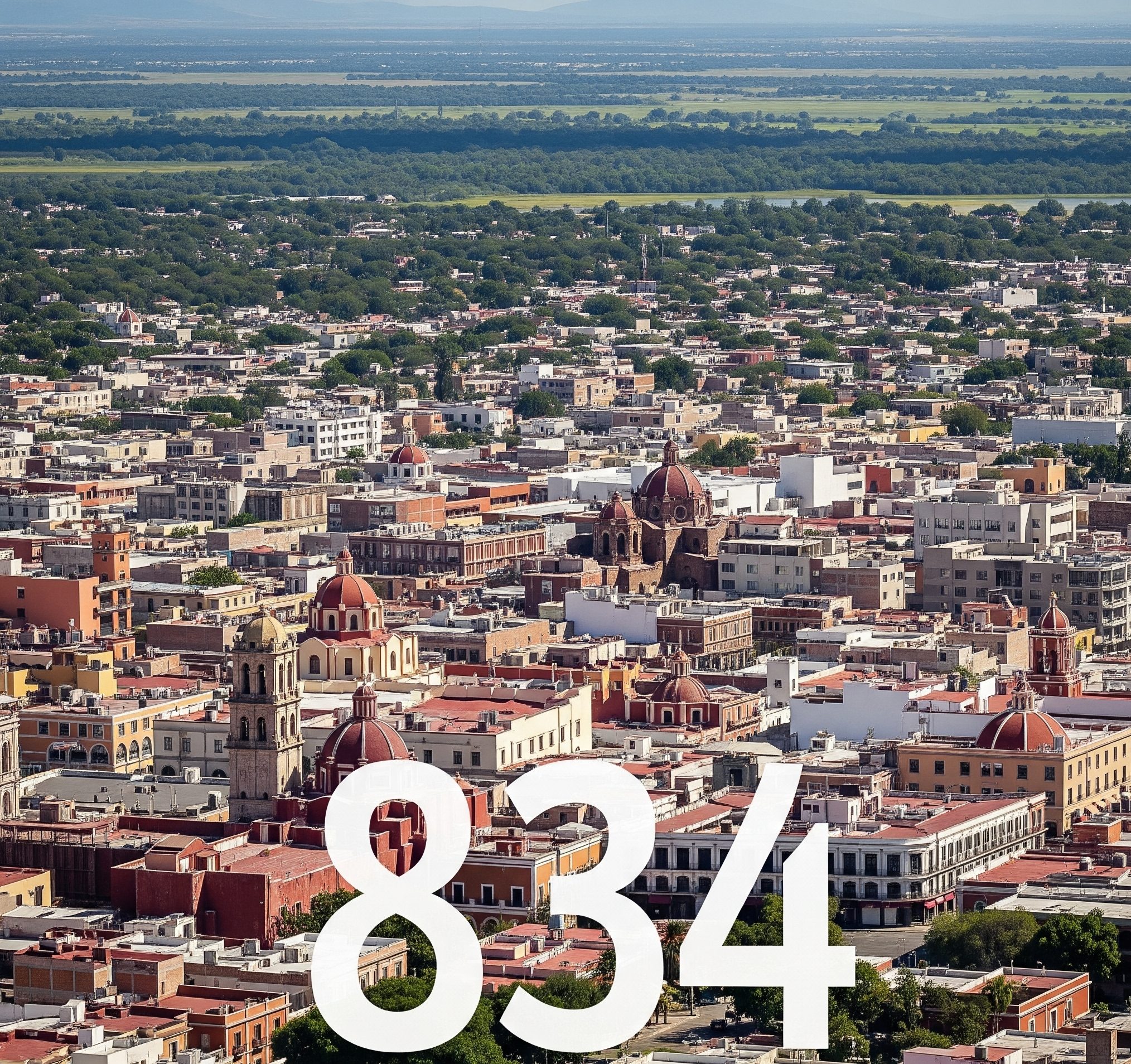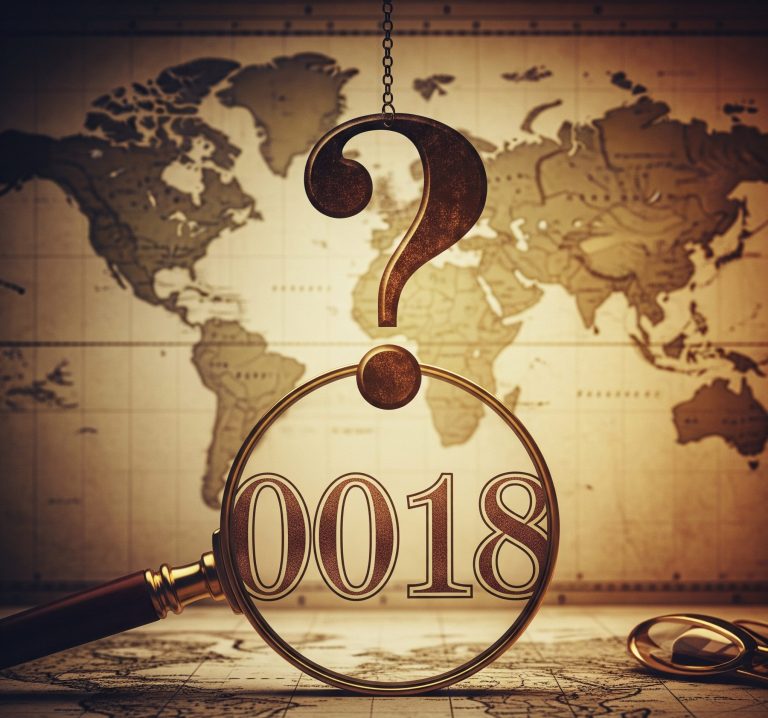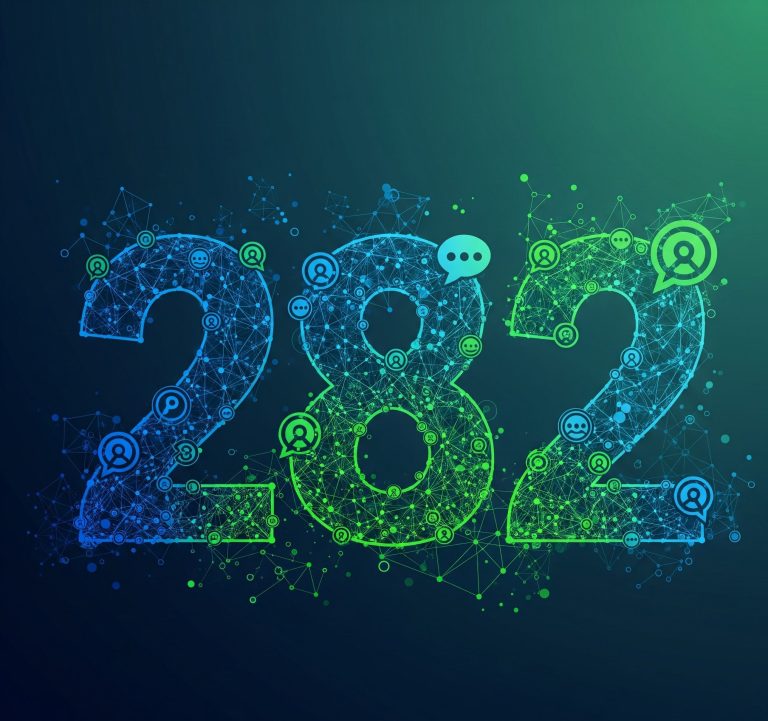In the vast and ever-expanding landscape of American telecommunications, area codes are a familiar part of our daily lives. They are the three-digit prefixes that connect us to specific geographic regions, from the sun-drenched coasts of California to the bustling metropolises of the East Coast. Yet, from time to time, a number emerges from the digital ether that sparks curiosity and confusion. One such number is the 834 area code. If you’ve been searching for the location of this elusive area code, you might be surprised by the answer: the 834 area code is not currently assigned to any geographic territory in the United States.
This revelation might be perplexing, especially if you’ve encountered this number in a document, a dropdown menu, or a fleeting online reference. The story of the 834 area code is not one of a bustling region or a newly connected community, but rather a fascinating glimpse into the intricate workings of the North American Numbering Plan (NANP), the system that governs telephone numbers across the United States, Canada, and parts of the Caribbean.
Contents
Understanding the North American Numbering Plan
The NANP is a highly structured and meticulously managed system designed to ensure that every telephone in its service area has a unique number. This system is administered by the North American Numbering Plan Administrator (NANPA), which is responsible for assigning and managing area codes. The explosion of communication devices, from landlines to a multitude of mobile phones and VoIP services, has led to a phenomenon known as “number exhaustion.” This is where the available phone numbers within an existing area code begin to run out.
To combat this, NANPA employs two primary strategies: area code splits and area code overlays. A split involves dividing an existing area code’s territory into two or more new regions, each with its own new area code. An overlay, which has become more common, introduces a new area code that covers the same geographic area as an existing one. This means that new phone numbers in that region could be assigned the new area code, requiring 10-digit dialing (area code + seven-digit number) for all local calls.
The Status of the 834 Area Code
Within this complex system, the 834 area code is currently classified as unassigned. This means it has not been designated for a specific geographic region in the United States. While it sits in reserve, it is not yet in service. This is not unusual; there are numerous unassigned area codes held for future use as existing ones reach their capacity.
The process of introducing a new area code is a lengthy one, involving significant planning and public notification. When a region is projected to exhaust its available numbers, telecommunication providers and regulatory bodies will announce plans for a new area code well in advance. This allows residents and businesses to prepare for the change, which often includes updating contact information and reprogramming alarm systems and other devices that use a 7-digit dialing pattern.
Points of Confusion: Area Code vs. Central Office Code
One of the primary reasons for the public’s curiosity surrounding the 834 area code stems from its appearance as a central office code, or prefix. A standard ten-digit telephone number is broken down into three parts: the three-digit area code (NPA), the three-digit central office code (NXX), and the four-digit line number (XXXX).
While 834 is not an active area code, it is used as a central office code in various established area codes across the country. For instance, you might encounter a phone number in the format of (319) 834-XXXX in Iowa or (440) 834-XXXX in Ohio. In these cases, 834 is simply the prefix that routes calls within the larger 319 or 440 area codes, respectively. This distinction is crucial to understanding why you might see the number 834 in use, just not as the identifier for a large geographic region.

The “834” in Other Contexts: A Case of Mistaken Identity
Another significant source of confusion arises from a completely different technological sphere: healthcare administration. In the world of electronic data interchange (EDI), which is a standardized way for computers to exchange business documents, “834” holds a specific and important meaning. The ANSI X12 EDI 834 Benefit Enrollment and Maintenance transaction is a standard file format used to transmit health insurance enrollment and maintenance information between employers, health plans, and other related entities.
For individuals working in human resources, insurance, or healthcare IT, the term “834 file” is commonplace. It’s not a stretch to imagine how someone unfamiliar with this technical jargon might see a reference to “834” and assume it pertains to a geographic location. This highlights how numbers can have vastly different meanings depending on the context.
The Future of Area Codes and the Potential for 834
The landscape of telecommunications is in a constant state of evolution. The proliferation of mobile devices, the Internet of Things (IoT), and other connected technologies will continue to place a high demand on the pool of available telephone numbers. This means that the 834 area code, while currently unassigned, could one day be activated.
When that day comes, NANPA will announce which region of the United States it will serve. This decision will be based on careful analysis of number usage and projections for future growth. The introduction of the 834 area code will be a clear signal of the continued expansion and evolution of our connected world.
conclusion
For now, the 834 area code remains a number in waiting, a placeholder in the grand design of the North American Numbering Plan. Its story serves as a reminder of the hidden complexities behind the simple act of making a phone call and the ever-present need for a system that can adapt to our growing communication needs. So, the next time you encounter an unfamiliar area code, a quick search might reveal not a new place on the map, but a fascinating insight into the intricate world of numbers that connect us all.







